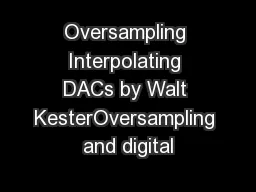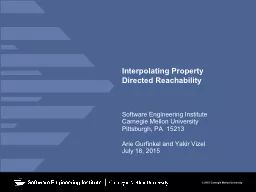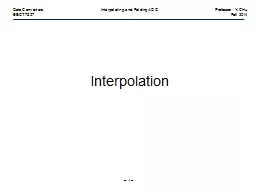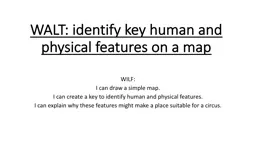PDF-Oversampling Interpolating DACs by Walt KesterOversampling and digital
Author : faustina-dinatale | Published Date : 2015-09-17
05f15f25f A sin fc f fc1fAtt 150392dBSAMPLEDSIGNALRECONSTRUCTEDSIGNAL IMAGES Figure 1 Unfiltered DAC Output Showing Images and sin xx Roll Off RevA 1008 WK Page
Presentation Embed Code
Download Presentation
Download Presentation The PPT/PDF document "Oversampling Interpolating DACs by Walt ..." is the property of its rightful owner. Permission is granted to download and print the materials on this website for personal, non-commercial use only, and to display it on your personal computer provided you do not modify the materials and that you retain all copyright notices contained in the materials. By downloading content from our website, you accept the terms of this agreement.
Oversampling Interpolating DACs by Walt KesterOversampling and digital: Transcript
Download Rules Of Document
"Oversampling Interpolating DACs by Walt KesterOversampling and digital"The content belongs to its owner. You may download and print it for personal use, without modification, and keep all copyright notices. By downloading, you agree to these terms.
Related Documents














